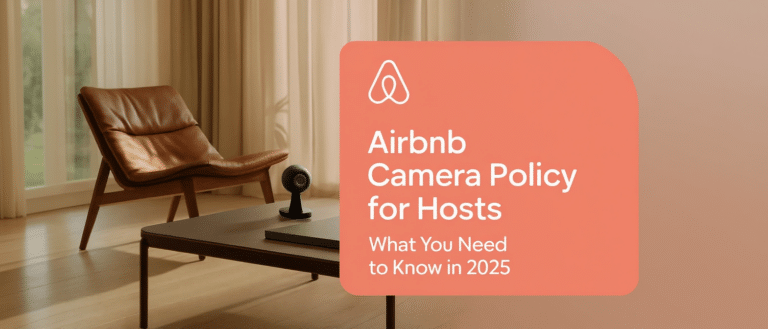This is a guest post by Transparent. Transparent’s Smart Rental data dashboard empowers property management companies to optimize their revenue management strategy. They track over 35 million Airbnb, Booking.com, Vrbo & TripAdvisor listings worldwide to build game-changing vacation rental data insights such as rate, demand, occupancy & supply analysis, which allow users to maximize their revenue and grow within their market.
Demystifying the short-term rental management by focusing on a fundamental trope: benchmarking
The ability to identify which short term rental (STR) properties will be most successful and which business techniques to employ to achieve optimal growth is a complex endeavor. From property prospecting to marketing and of course rate-shopping, there is one consistent theme throughout that, when fully understood and contextually applied, can elucidate the overarching goals and desired outcomes of superb STR management.
The new term on the block is benchmarking, and while conversationally ubiquitous enough, the concept in and of itself should be further unpacked in order to adopt its teachings into strategy at the various levels of management. Effective benchmarking of each STR property will not only collectively grow your business, but will serve to underpin a start-to finish methodology that will help to demystify management practices.
Traditionally defined, benchmarking is a process of evaluating or confirming by way of comparison to a standard. In the world of STR management, this means juxtaposing a property’s key indicators with a cohort or segment of properties, and leveraging that information to pitch a listing to secure more bookings. This is precisely where data intelligence comes in, and the more comprehensive the tool, the more to gain from a benchmark analysis.
With this approach to revenue management, better elaborated as a decision-making schema based on market expectations, guest experience and dynamic price fluctuations, pathways to success become clear. The rationale at every step of the way remains that benchmarking is a tried and true method for high STR achievement, with its feet firmly planted in market reality. When used correctly, it can kickstart from its inception a domino effect of informed, data-driven outcomes.
Prospecting: know the field to play the field
Your revenue management process begins before you even acquire property. Without a clear understanding of what is achievable, you’ll be at a palpable loss when it comes to communicating achievable targets to owners and investors. Therefore, before the decision to take on a property as a professionally managed STR, you’ll have to assess where opportunity lies and calculate potential revenue over time. This means evaluating performance metrics of a similar cohort already active as short term rentals. In other words, benchmarking new properties with the rest of the market. The data analysis can inform your decision making in terms of investment and acquisition, but it also positions you to greatly bolster any proposal with concrete, objective metrics and projections.
Looking at high level revenue and occupancy for a market is good, but even better is knowing the trends for the specific neighborhood of interest, along with segmented, layered analyses for property type, bedroom count, and more. When benchmarking during the prospecting phase, you’ll want to organize the characteristics of the new property in order to define a narrowly-tailored competitive set: the more aligned your segment, the more the data will speak to your decision-making. Are larger or smaller units booking more in this particular market? Are guests paying significantly more for certain amenities or to be near certain attractions? Be precise when profiling your prospects; a minimized scope is key to successful benchmarking.
Starting with an address, our Short-Term Rental Estimator allows you to input various parameters to define a comparative set and analyze performance. This includes but is not limited to: the geographical radius, the degree of professionalism, and specific amenities.
The output will carry your company’s logo as well as the competitive set’s monthly breakdown of average revenue, occupancy, ADR, a quartile analysis, and direct links and metrics of the individual comparison listings. By assessing and communicating this professional and reliable benchmark data to property owners and investors, you set a standard of sound judgement and begin the management relationship with the reassurance of clear expectations, cascading into realised, solidified business. What’s more, you also build yourself a specific performance gauge.
Marketing & dynamic pricing, coming soon
Prospecting is just the start. In our part 2 we will discuss techniques to brand new listings, as well as strategies to build out dynamic pricing models.
Stay tuned!




